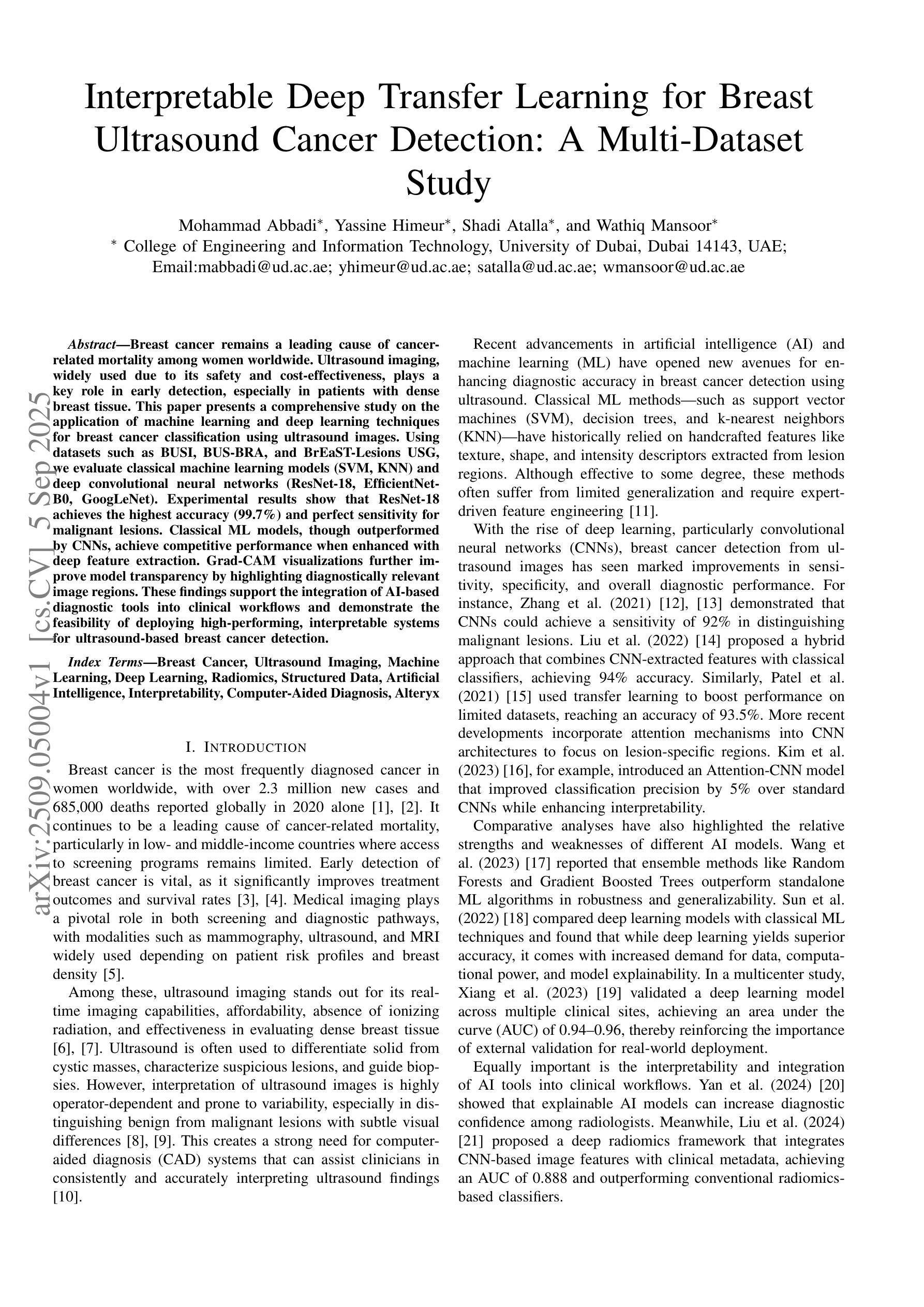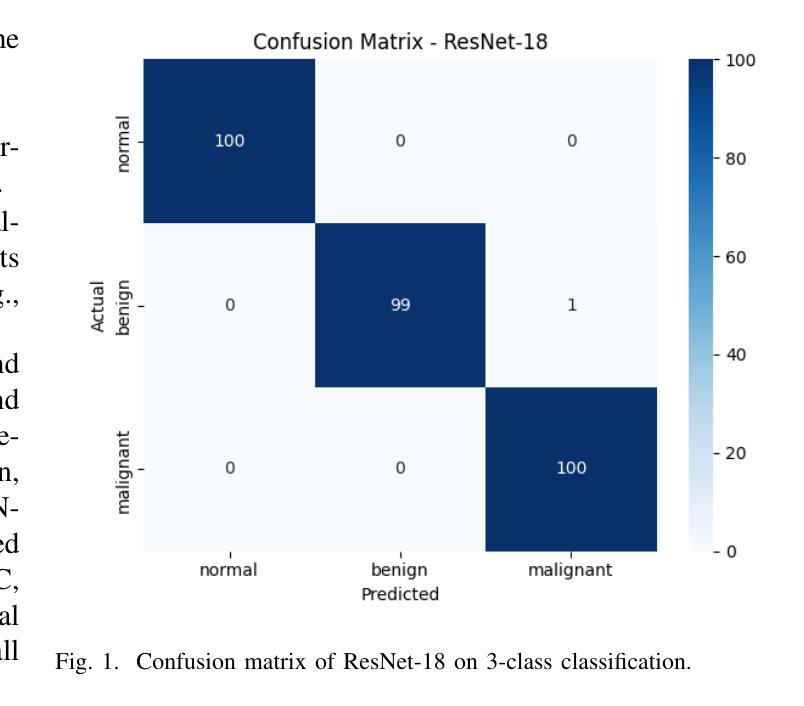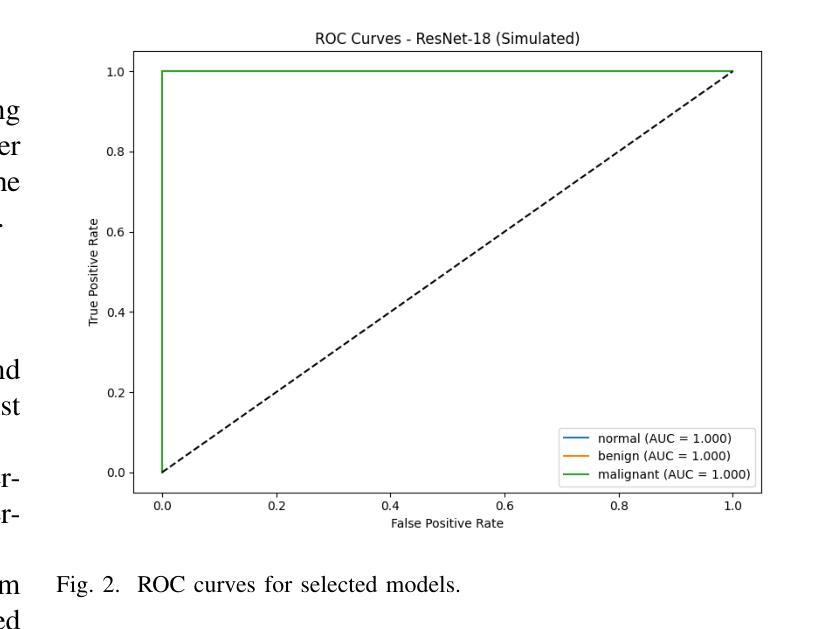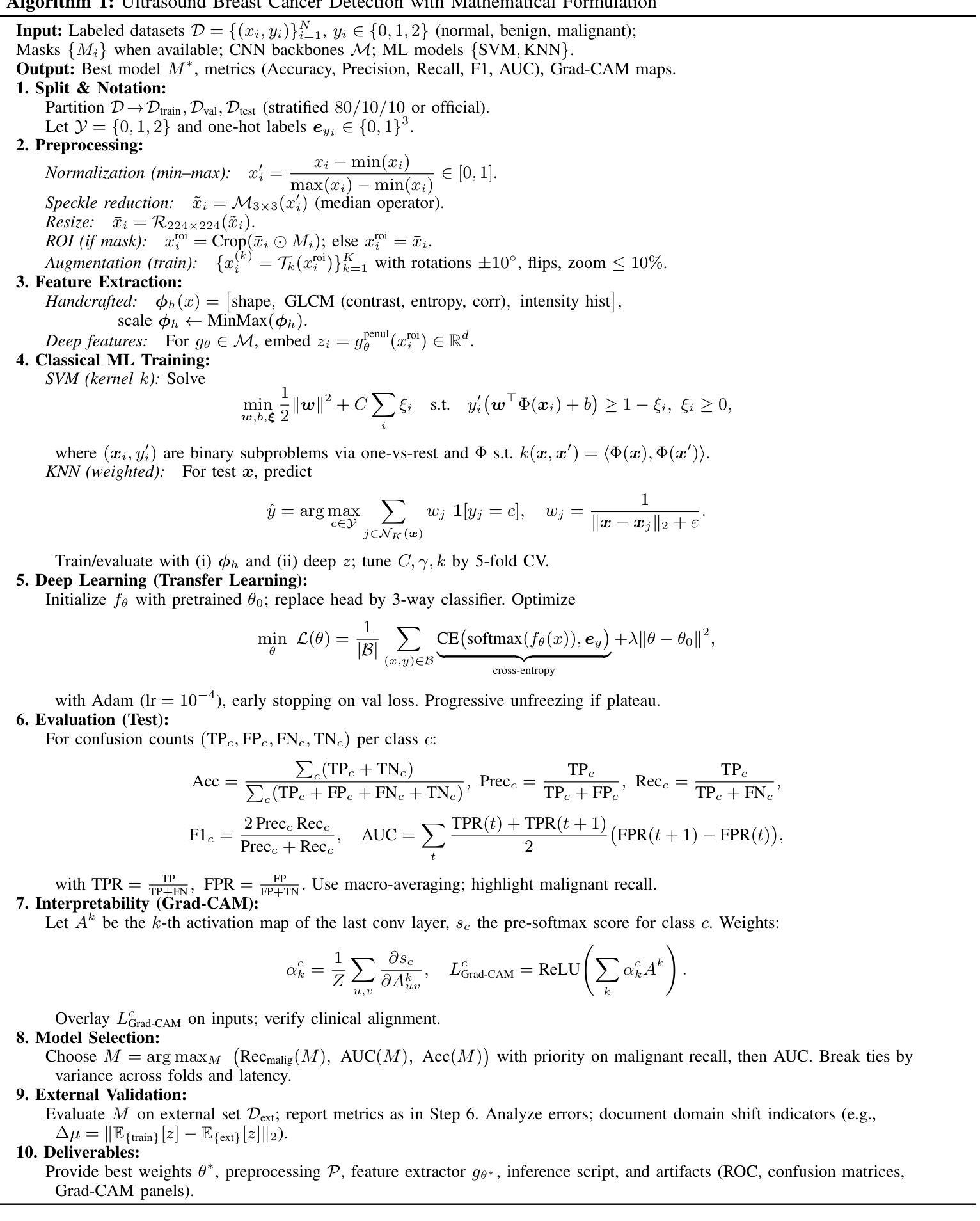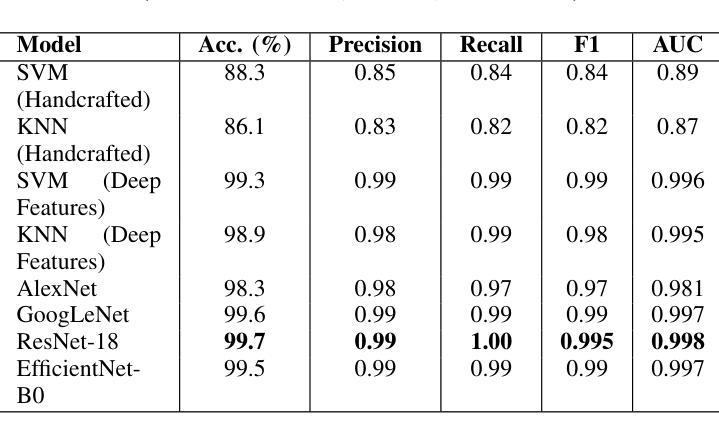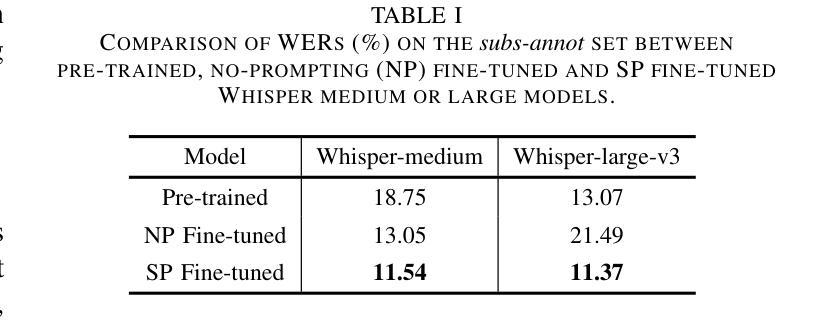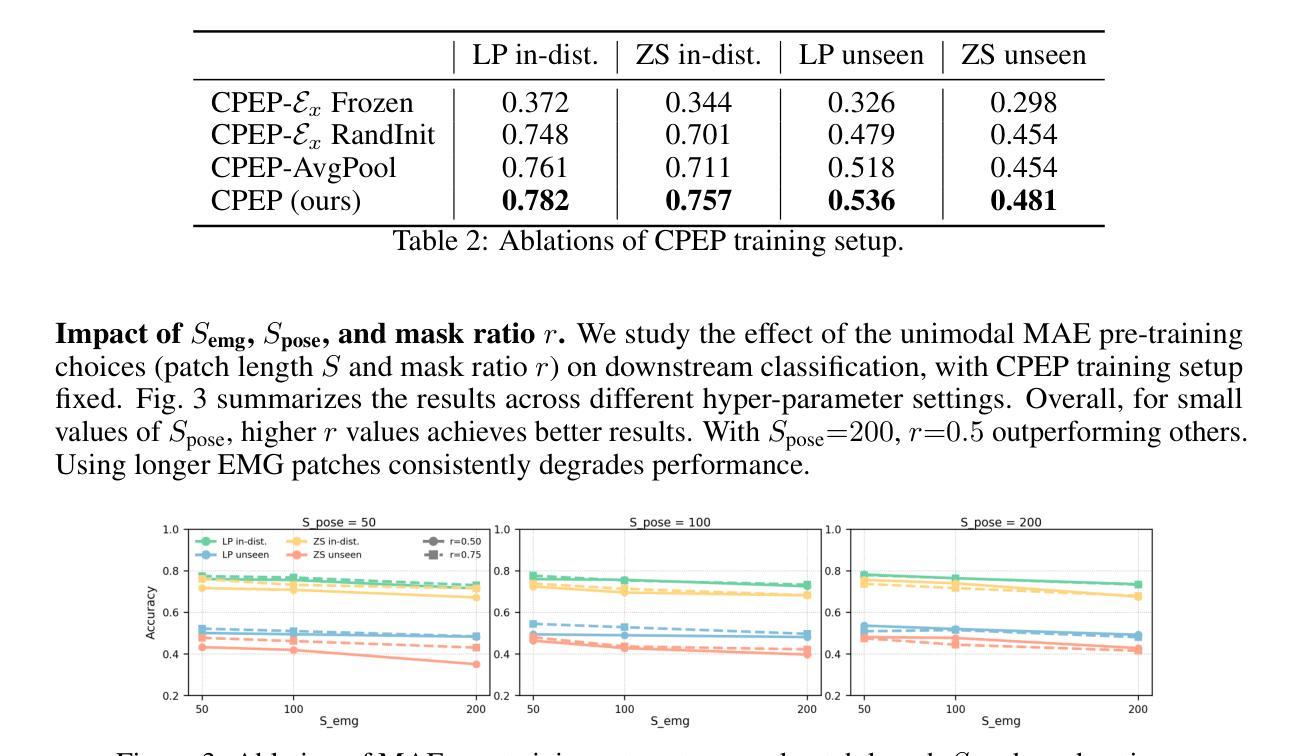⚠️ 以下所有内容总结都来自于 大语言模型的能力,如有错误,仅供参考,谨慎使用
🔴 请注意:千万不要用于严肃的学术场景,只能用于论文阅读前的初筛!
💗 如果您觉得我们的项目对您有帮助 ChatPaperFree ,还请您给我们一些鼓励!⭐️ HuggingFace免费体验
2025-09-09 更新
Interpretable Deep Transfer Learning for Breast Ultrasound Cancer Detection: A Multi-Dataset Study
Authors:Mohammad Abbadi, Yassine Himeur, Shadi Atalla, Wathiq Mansoor
Breast cancer remains a leading cause of cancer-related mortality among women worldwide. Ultrasound imaging, widely used due to its safety and cost-effectiveness, plays a key role in early detection, especially in patients with dense breast tissue. This paper presents a comprehensive study on the application of machine learning and deep learning techniques for breast cancer classification using ultrasound images. Using datasets such as BUSI, BUS-BRA, and BrEaST-Lesions USG, we evaluate classical machine learning models (SVM, KNN) and deep convolutional neural networks (ResNet-18, EfficientNet-B0, GoogLeNet). Experimental results show that ResNet-18 achieves the highest accuracy (99.7%) and perfect sensitivity for malignant lesions. Classical ML models, though outperformed by CNNs, achieve competitive performance when enhanced with deep feature extraction. Grad-CAM visualizations further improve model transparency by highlighting diagnostically relevant image regions. These findings support the integration of AI-based diagnostic tools into clinical workflows and demonstrate the feasibility of deploying high-performing, interpretable systems for ultrasound-based breast cancer detection.
乳腺癌仍然是全球女性癌症死亡的主要原因之一。超声成像因其安全性和成本效益而得到广泛应用,并在早期检测中发挥着关键作用,特别是在乳腺组织密集的患者中。本文全面研究了机器学习在超声图像乳腺癌分类中的应用。我们使用了BUSI、BUS-BRA和BrEaST-Lesions USG等数据集,评估了经典的机器学习模型(SVM、KNN)和深度卷积神经网络(ResNet-18、EfficientNet-B0、GoogLeNet)。实验结果表明,ResNet-18的准确率最高(99.7%),对恶性病变的敏感性完美。虽然经典机器学习模型被卷积神经网络超越,但通过深度特征提取技术增强后,它们仍具有竞争力。Grad-CAM可视化通过突出显示诊断相关的图像区域,进一步提高了模型的透明度。这些发现支持将基于人工智能的诊断工具集成到临床工作流程中,并证明了部署高性能、可解释的超声乳腺癌检测系统可行性。
论文及项目相关链接
PDF 6 pages, 2 figures and 1 table
Summary
本文研究应用机器学习和深度学习技术,在超声图像中对乳腺癌进行分类。实验结果显示,ResNet-18模型在恶性病变检测中达到最高准确率(99.7%)和完美的敏感性。虽然经典机器学习模型表现稍逊于卷积神经网络,但通过深度特征提取技术增强后,其性能仍然具有竞争力。Grad-CAM可视化技术提高了模型透明度,通过突出显示诊断相关的图像区域进一步支持了人工智能诊断工具在临床工作中的应用。本研究支持将高性能、可解释的超声乳腺癌检测系统融入临床流程中。
Key Takeaways
- 乳腺癌仍然是全球女性主要的癌症致死原因。
- 超声成像在乳腺癌早期检测中扮演重要角色,特别是在乳腺组织密集的患者中。
- 机器学习和深度学习技术在超声图像乳腺癌分类中得到了广泛应用。
- ResNet-18模型在恶性病变检测中表现最佳,达到99.7%的准确率。
- 经典机器学习模型通过深度特征提取技术增强后性能有所提升。
- Grad-CAM可视化技术提高了模型透明度,有助于解释诊断过程。
点此查看论文截图
